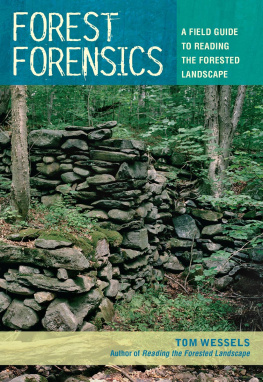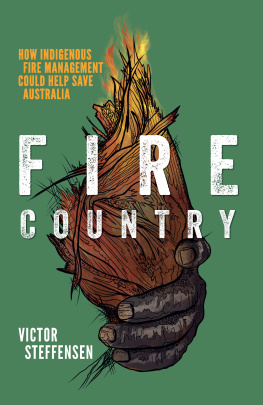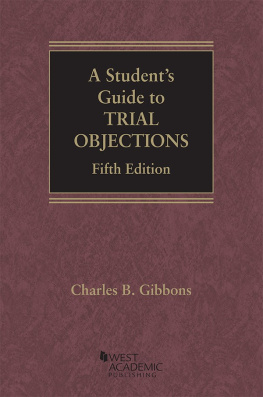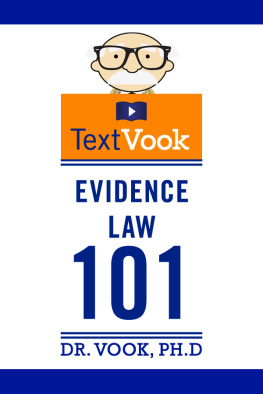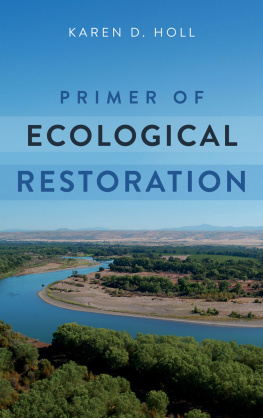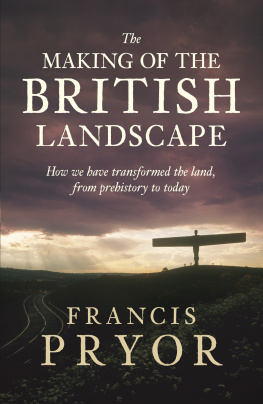FOREST FORENSICS
A FIELD GUIDE TO READING THE FORESTED LANDSCAPE
TOM WESSELS

The Countryman Press
Woodstock, Vermont
CIP data are available.
Forest Forensics
ISBN: 978-0-88150-918-2
Copyright 2010 by Tom Wessels
All rights reserved. No part of this book may be reproduced in any form or by any electronic or mechanical means including information storage and retrieval systems without permission in writing from the publisher, except by a reviewer, who may quote brief passages.
Interior photographs by the author
Published by The Countryman Press,
P.O. Box 748, Woodstock, VT 05091
CONTENTS
Preface
Can I walk through a forest and not interpret its history? Ive been asked that question a number of times, suggesting that the need to analyze forest histories may be something that I cant control. Yet the answer is yes. I love to read forested landscapes, but there are definitely times when I place my focus in other directions.
My wife, Marcia, and I live on 35 acres in Westminster, Vermont, the bulk of which is a woodlot that I manage to promote biodiversity, our cordwood supply, and some saw timber. I have developed a 1-mile loop trail through this forest that is smooth and free of anything but leaf litter. The loop is where I run, ski, and take my daily walks.
I use these walks to contemplate, work on my writing, and sometimes even to meditate. At such times reading the forested landscape is the farthest thing from my mind. So it came as a great shock many years ago when I realized that it had taken me over a decade to see the imprint of the 1938 hurricane in our forest. When asked to interpret any other woodland, I would pick up evidence of that hurricane, or the lack thereof, within a matter of minutes. Another shock occurred the day I realized that the bulk of our woodlot was once a grain field, when for years Id assumed that it had only been pasture. Its ironic that the woodland closest to my heart, the woodland I have grown with for over 30 years, was the woodland that took me the longest to decipher.
Yet through all those years I have learned the rich and full story of this forest. Through that process my connections to it have grown deep like the roots of its trees, and expansive like the mycelium of its golden chanterelles. In short I have developed an intimate relationship with this forest.
Just as intimacy is necessary if we are going to forge close bonds with friends and lovers, it is also necessary if we hope to bond with nature and our place. As one learns to see the history of a local landscape, a deep level of intimacy with place can develop. The story of place comes forth as the landscape reveals its experience through our careful attention. But in order to see and hear this story we need to learn a new languageone we can use to read the landscape.
This new language has nouns, verbs, and adjectives just as a written language does, but its words are things such as small stones in a wall, a hollowed-out stump, or a basal scar on a tree trunk. All of these details can be put together like words on a page to tell rich stories about a forests past.
As I have grown more intimate with my place I have learned that I am not apart from the land, but that I am instead a part of it. My actions are entwined in my woodlots history, and this landscapes history before I came on the scene is infused within me. We, the forest and I, are truly connected. It is my hope that users of this guide will find that it will not only help them engage in a fun read of any woodland, but that it will connect them in a far more intimate way to their own forested landscape.
T.W.
Introduction
Reading a forested landscape might be more accurately termed forest forensics since it is similar to gleaning a crime scene for evidence to try to piece together exactly what happened in the past. In the case of forests, the evidence I look for are commonly encountered features such as the shapes of trees, where scars occur on trees, decay patterns in stumps or downed logs, the presence of stone walls, and the general lay of the land. All of these commonly encountered features offer wonderful clues to unraveling detailed forest histories if one knows how to interpret them.
It was in this capacity that I was asked in the spring of 2006 to help interpret the agricultural history of a now wooded parcel of land in the Green Mountain National Forest of Vermont. I was a member of a seven-person archaeological team that was trying to puzzle out some very unusual stonework found on the site.
Since the stonework was unique and on federal lands the decision had been made not to disturb the area through a standard dig; so I was brought in to help infer its history solely from visible evidence. I had been told by the archaeologists before getting there that the unusual stonework consisted of dozens of large, flat-toppedfor lack of a better wordcairns that seemed to have no logical purpose unless they were in some way related to the sites past agricultural use.
As we walked around the Forest Service gate to a woods road that cut across the slope of a hill, I started to examine the ground on both sides of the road. Whenever I am working to interpret a forests past agricultural history in New England I always start by looking at the ground. I am not looking at the vegetative cover or the nature of the forest litter, but rather I am simply scanning the micro-topography of the ground itself. As I looked uphill from the road I could see large pits and mounds, or what I prefer to call pillows and cradles. These features told me that live trees had been toppled there in the past by either windthrow or snow-and ice-loading.
When a live tree falls in a forest its roots rip out of the ground, excavating the pit, or cradle. The roots, now sticking up into the air, hold the earth removed from the cradle. Over time, as the roots decay the excavated earth is dropped, creating the mound, or pillow. Once formed, the live roots of surrounding trees invade the pillow and cradle, stabilizing them. Large pillows and cradles in New England can still be visible almost a millennium after a tree-toppling event. Since the pillows and cradles on this side of the road were quite large and didnt appear to have been worn down by the hooves of livestock, I began to think that this area had always been forested and never opened for any agricultural use.
As we proceeded on the woods road, the ground downslopethe area that held the cairnsquickly changed. Although sloping moderately, the ground on this side was smooth and evena clear sign that this area had been plowed at some time in the past, removing its pillows and cradles. Since there was no stone or wire fencing along the previously plowed side of the road, I had evidence to confirm that the uphill side was always forest and not pasture, for a fence would have been needed to contain livestock in a pasture.
In New England, land was plowed for two reasonsto create hay fields or to create crop fields. In the case of a hay field, the site would need to be plowed to remove the pillows and cradles that would get in the way of working a scythe, and then the smoothed ground would be seeded. Hay fields were generally plowed just a few times. Crop fields, however, were plowed every year before planting. As I wandered down into the plowed area I started moving across the slope to see if I would come to a stone wall, knowing that a wall would hold the evidence to confirm if the site was originally a hay field or crop field. Once I knew what the site had been used for I could then assess if the cairns were related to that activity.

